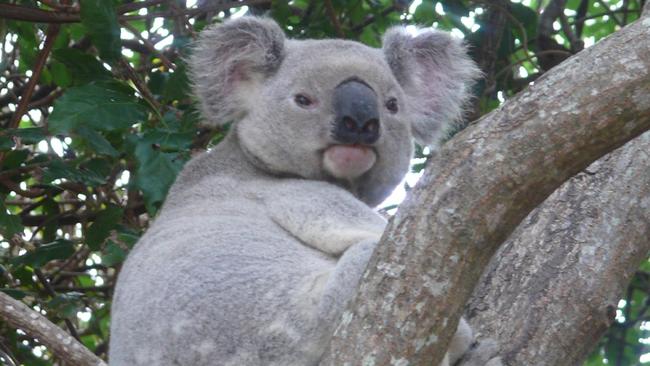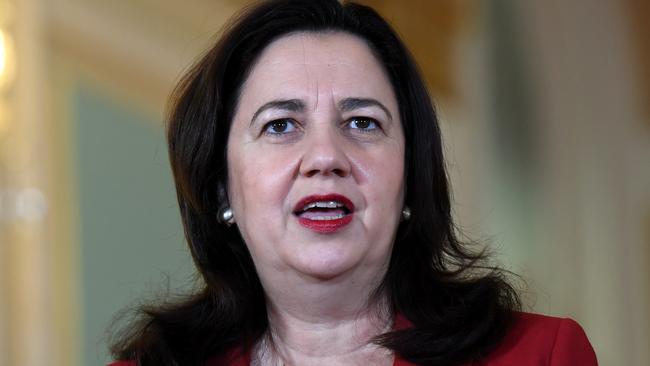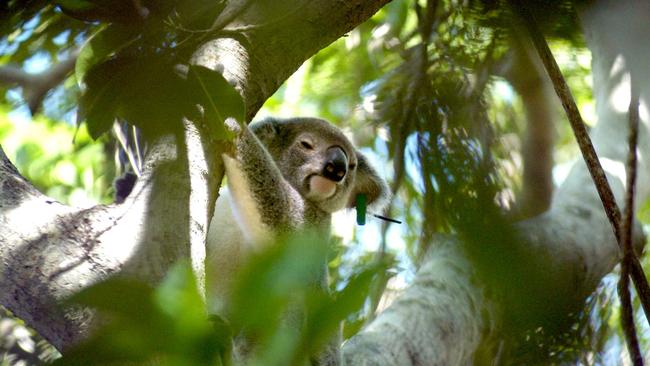High hopes for chlamydia-free St Bees koalas to save species
Research continues into Queensland’s healthiest koala population.

Mackay
Don't miss out on the headlines from Mackay. Followed categories will be added to My News.
ON A secluded island two hours from Mackay by barge, one of the last remaining chlamydia-free koala populations is thriving.
While Australia's summer bushfires threatened the ongoing survival of the iconic animal, the State Government has committed to supporting further study of the St Bees Island koalas.
The koalas were relocated from Proserpine to St Bees in the 1930s.
Being free from predation and diseases ravaging mainland populations, they have maintained a relatively stable colony size on the island.
Their stability has caught the attention of researchers around the world, curious about their secret to survival, which could hold the key to saving the entire species.
Earlier this month, Queensland Premier Annastacia Palaszczuk said the government would continue to support the study of koalas on St Bees Island, as well as other islands in the Whitsunday region, keeping with successive governments over the past 20 years.

More stories:
Mackay stargazer shares best tips to explore galaxies
Five of Mackay's best whale watching spots
Botanic Garden lagoon choked by weeds
"The Central Queensland University is leading this research in partnership with the University of Queensland, Earthwatch International, the Central Queensland Koala Volunteers and the Queensland Parks and Wildlife Service," Ms Palaszczuk said.
"This long-term study continues to improve understanding of the strategic use of fire and control of introduced and native herbivores as part of koala conservation management and recovery of koalas, koala habitat, and eucalypt woodlands.
"The research outcomes continue to inform koala conservation activities around Queensland." Through QPWS, the government has also supported the Central Queensland University's Koala Research Centre to establish additional koala research sites on Brampton Island and on Rabbit and Newry Islands.
Environment Minister Leeanne Enoch said the koala research sites complemented the work being done on St Bees Island.

"Overall, the research on island-based koalas leads to positive outcomes for koalas and their habitat throughout Queensland," she said.
Whitsunday MP Jason Costigan has also pledged $3 million to set up a research station on St Bees Island if he secures the balance of power at the state election.
Subscriber benefits:
Five ways to get more from your digital subscription
WATCH: Your guide to reading the Daily Mercury online
Your questions about the new Daily Mercury format answered
The North Queensland First leader said the proposed research station would help scientists continue their work to protect the koalas.
Ms Palaszczuk said while she was aware of Mr Costigan's commitment, she noted that "no detailed costings or plans have been provided".


